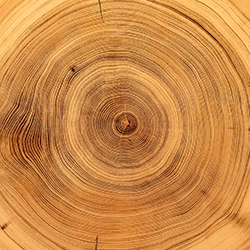Circular Bioeconomy
The forest bioeconomy is circular by nature.
 The forest bioeconomy refers to economic activities that use renewable bio-based resources from forest ecosystems, land or water, for production of services, products or energy. For the bio-economy to be efficient and effective and to remain viable, it must foster reuse, recycling and safe re-entry of by-products into the environment. This life cycle approach is referred to as a “(bio-based) circular economy” and is a foundation for sustainable development. Our challenge will be to help communities and industry design and develop a bio-based product portfolio consistent with their existing strengths and future possibilities by supporting education, research and business-based partnerships.
The forest bioeconomy refers to economic activities that use renewable bio-based resources from forest ecosystems, land or water, for production of services, products or energy. For the bio-economy to be efficient and effective and to remain viable, it must foster reuse, recycling and safe re-entry of by-products into the environment. This life cycle approach is referred to as a “(bio-based) circular economy” and is a foundation for sustainable development. Our challenge will be to help communities and industry design and develop a bio-based product portfolio consistent with their existing strengths and future possibilities by supporting education, research and business-based partnerships.
The bioeconomy presents significant benefits to all business and community stakeholders in the value chain. Central to a bioeconomy are resource protocols that, a) ensure sustainable management, b) optimize use of forest and mill residuals, c) capitalize on waste to use principles, d) engage community and business leaders in planning and development, e) create cross sector business relationships that stimulate investment, and f) advocate for policy that enables communities and accommodates business. The forest bioeconomy has the potential to dramatically advance and improve the social and economic well being of all those engaged, from land owners and operators to product distributors. You are part of the resource needed to realize that potential.
By implementing a circular bioeconomy, the forest industry can be more competitive by creating strong and expanding markets for wood fiber. Equally important is the opportunity to improve social license and increase opportunities to demonstrate the responsible and sustainable nature of the forestry sector.
Past Events:
- Second Michigan Forest Bioeconomy Conference (2019)
- Michigan Forest Bioeconomy Conference (2017)

